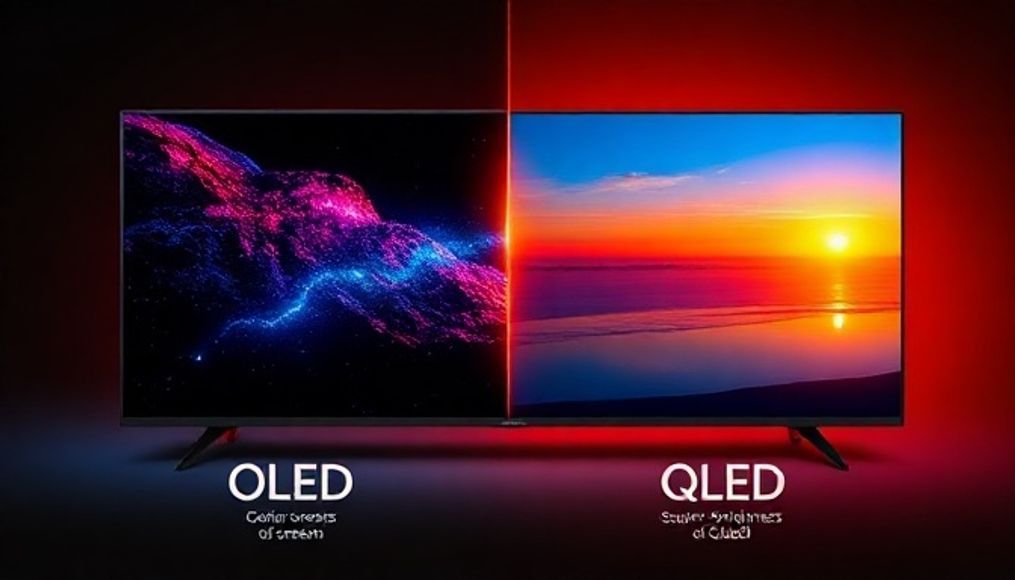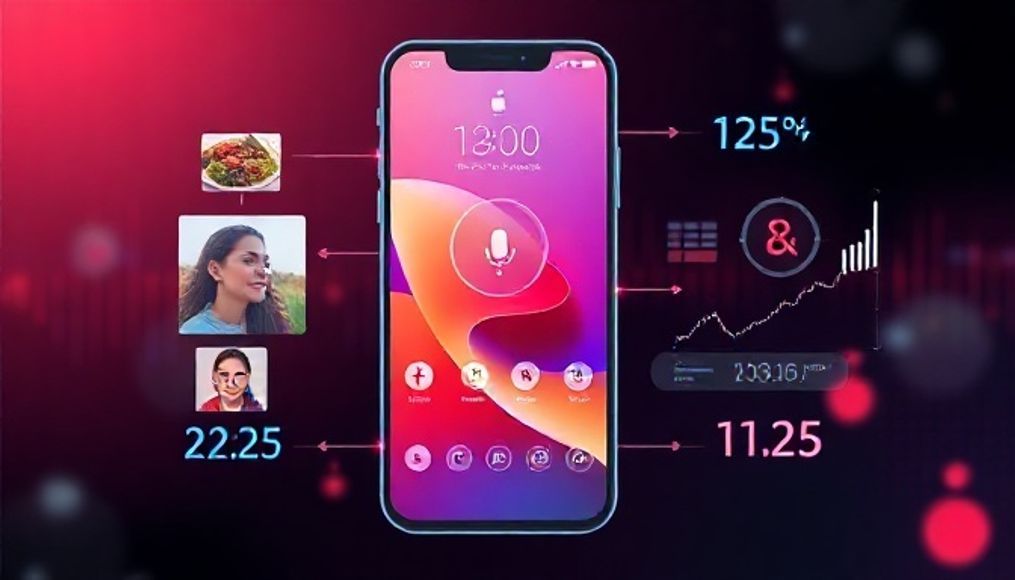What's the Difference Between OLED and QLED TVs, and Which One is Right for You?
In the ever-evolving world of televisions, two major technologies stand out, vying to deliver the best viewing experience: OLED (Organic Light Emitting Diode) and QLED (Quantum Dot Light Emitting Diode). While both technologies produce stunning images, they operate in fundamentally different ways, leading to noticeable differences in performance and picture quality. In this article, we will explore these differences in detail, compare the strengths and weaknesses of each technology, and help you determine which type of screen is best suited to your needs and preferences.
Understanding OLED Technology
OLED is an emissive technology, meaning that each pixel on the screen produces its own light. This allows for extremely precise control over lighting, resulting in infinite contrast, true blacks, and excellent viewing angles. Simply put, each pixel is an independent light source that can be turned on and off individually.
How Do OLED Screens Work?
OLED screens are made of thin layers of organic materials that emit light when an electric current is applied to them. Each pixel is controlled individually, allowing it to be completely turned off to produce perfect black. This sharp contrast is what gives OLED screens their vibrant and realistic appearance.
Advantages of OLED Screens
- Infinite Contrast: The ability to turn off pixels individually results in infinite contrast, meaning that black appears truly black, not dark gray.
- Wide Viewing Angles: There is no noticeable change in color or contrast when viewing from different angles.
- Fast Response Times: Ideal for gaming and watching fast-paced sports events.
- Slim Design: Because they do not require backlighting, OLED screens can be very thin.
Disadvantages of OLED Screens
- Brightness: OLED screens can be less bright than QLED screens, especially in bright rooms.
- Burn-in: Despite improvements, there is still a slight risk of screen burn-in if static images are displayed for long periods.
- Cost: OLED screens are typically more expensive than QLED screens.
Understanding QLED Technology
QLED is a backlight-dependent technology, meaning that it uses a backlight panel to produce light that passes through a layer of quantum dots. Quantum dots enhance color and brightness, resulting in a more vibrant and brighter image.
How Do QLED Screens Work?
QLED screens use a layer of quantum dots, which are tiny nanocrystals that emit different colors when exposed to light. This layer is placed in front of the LED backlight, allowing the screen to produce a wide range of colors with high brightness levels.
Advantages of QLED Screens
- Brightness: QLED screens can be brighter than OLED screens, making them ideal for bright rooms.
- Color Volume: QLED screens can produce a wider range of colors with greater accuracy.
- Burn-in Resistance: QLED screens do not suffer from screen burn-in issues.
- Cost: QLED screens are typically less expensive than OLED screens.
Disadvantages of QLED Screens
- Black Levels: QLED screens cannot achieve the deep black levels that OLED screens achieve.
- Contrast: The overall contrast is lower than OLED screens.
- Viewing Angles: QLED screens may suffer from a decrease in color and contrast when viewed from wide angles.
Direct Comparison: OLED vs QLED
Now that we understand how both technologies work, let's compare them directly in key areas:
Picture Quality
- Contrast: OLED wins thanks to its infinite contrast and perfect black levels.
- Brightness: QLED wins thanks to its ability to reach higher brightness levels.
- Color Volume: QLED excels thanks to its ability to produce a wide range of colors accurately.
- Viewing Angles: OLED excels thanks to the absence of a noticeable change in color or contrast when viewing from different angles.
Performance
- Response Times: OLED excels thanks to faster response times, making it ideal for gaming.
- Burn-in: QLED excels due to the absence of burn-in risk.
Price
QLED screens are typically less expensive than OLED screens.
Which One Should You Choose?
Your choice between OLED and QLED depends on your individual needs and preferences:
- Choose OLED if: You value infinite contrast, perfect black levels, wide viewing angles, and are willing to pay more.
- Choose QLED if: You watch TV in a bright room, care about brightness and color volume, want to avoid the risk of screen burn-in, and are looking for a more economical option.
Technology Evolution: Mini-LED and QD-OLED
It's important to note that technology is constantly evolving. New technologies like Mini-LED have emerged, which use a much larger number of small LEDs for backlighting in LCD screens, improving contrast and black levels. In addition, there is QD-OLED technology, which combines the best of both worlds: OLED's infinite contrast and QLED's color volume. These new technologies make the competition between screens even more interesting.
Conclusion
Whether you choose OLED or QLED, you'll get a TV that delivers a stunning picture. The key is to understand the strengths and weaknesses of each technology and choose the screen that suits your needs and budget. As technology continues to evolve, we're sure to see more exciting innovations in the world of TV screens.
Additional Tips:
- Consider the room size: If your room is large, you may need a larger TV.
- Think about your viewing habits: Do you mostly watch TV during the day or at night? Do you play video games?
- Read reviews: Before buying, read reviews from reliable sources to get a better idea of the TV's performance.




